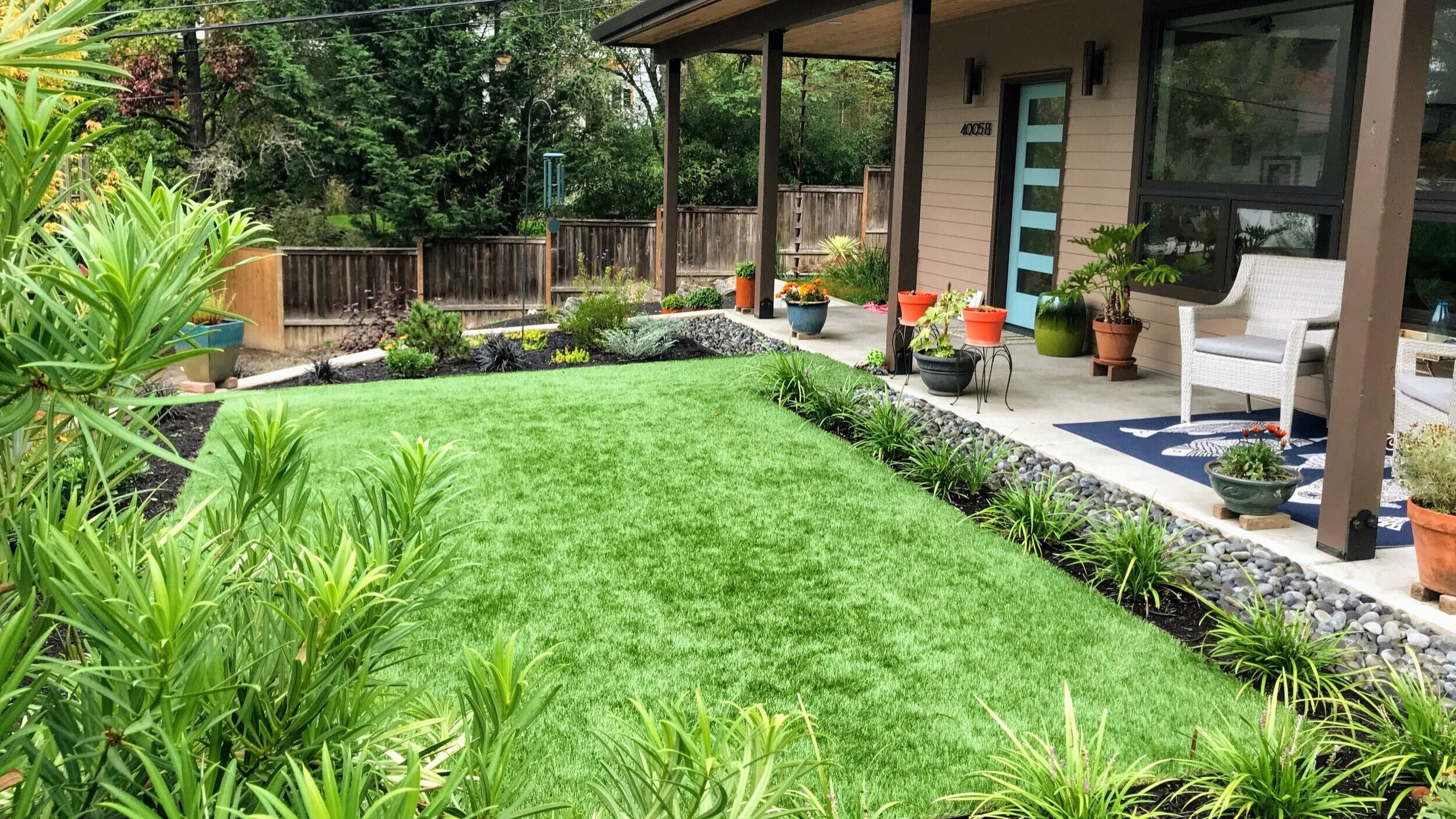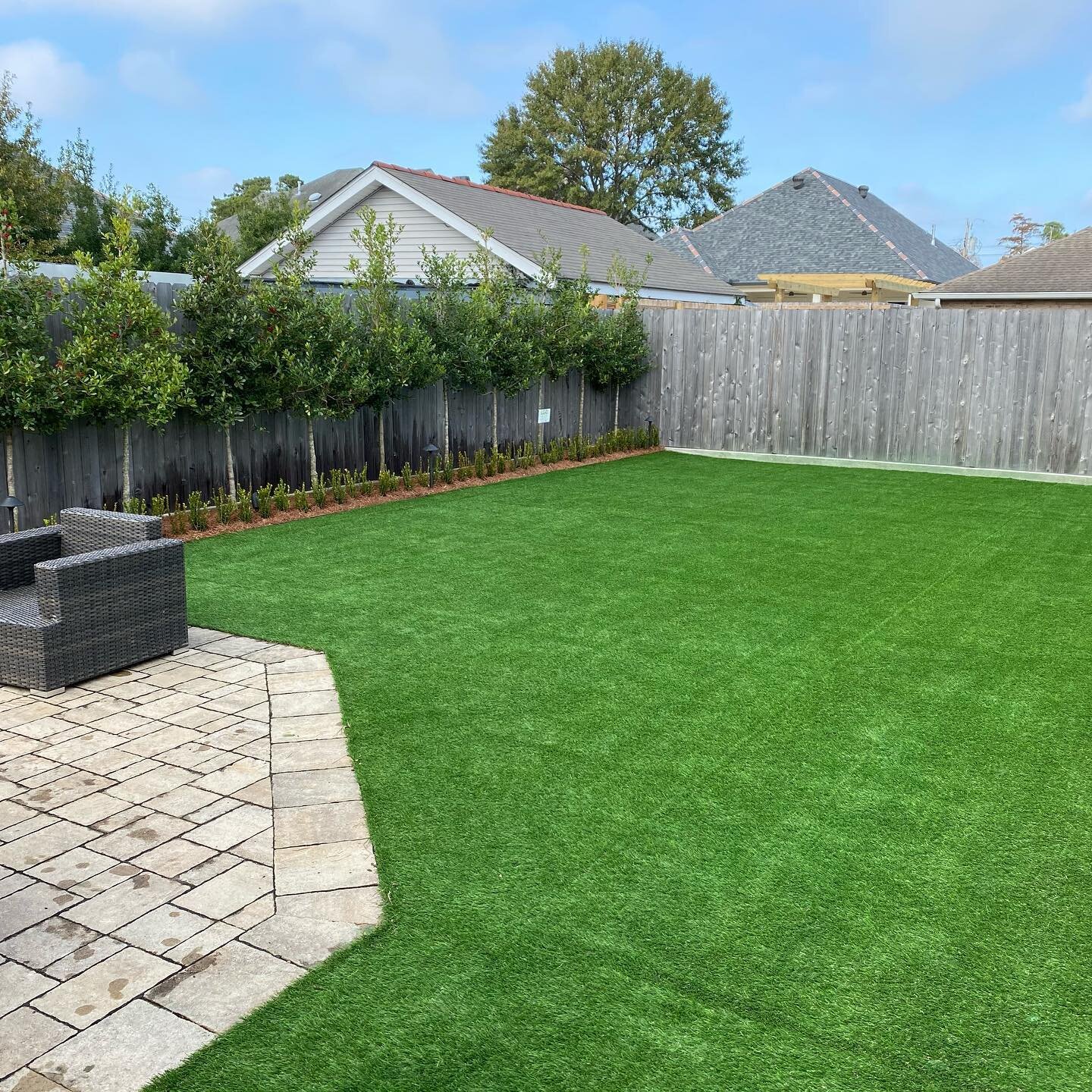High-Quality Arizona Turf Solutions for a Stunning and Lush Landscape
Wiki Article
Look Into the Environmental Benefits of Opting for Synthetic Grass Solutions
The adoption of fabricated lawn options provides a compelling possibility to resolve pushing environmental challenges. By considerably reducing water use and lessening the application of unsafe chemicals, these choices not just advertise sustainable landscaping but also shield regional environments. The lower carbon impact connected with lowered maintenance tasks contributes to a much more lasting technique to land management. The implications of these advantages expand beyond simple preservation efforts, elevating questions regarding their lasting effect on environment preservation and overall eco-friendly equilibrium. Exploring these measurements reveals an intricate interplay worth taking into consideration.Water Preservation Conveniences
One of the most significant advantages of artificial grass is its capacity to save water. In contrast, man-made turf does not need watering, dramatically lowering the overall demand for water resources.By eliminating the demand for regular watering, synthetic grass adds to lasting landscape methods and assists alleviate the environmental effect of excessive water usage. The conservation of water extends to the decrease of overflow, which can lead to soil disintegration and river contamination.
Additionally, the installation of synthetic grass allows home owners and districts to allocate water resources more effectively, concentrating on vital usages such as drinking water and farming. The shift in the direction of synthetic grass not only promotes responsible water use however additionally aligns with broader environmental objectives focused on preserving all-natural sources.
As neighborhoods increasingly focus on sustainability, the water preservation benefits of synthetic turf offer a compelling situation for its adoption in domestic and commercial landscape design tasks.
Lowered Chemical Usage
The change to man-made turf dramatically decreases the reliance on chemical therapies frequently made use of in natural lawn maintenance. Standard lawn administration usually includes the application of fertilizers, pesticides, and herbicides to promote development and control pests. These chemicals can present risks to human wellness, neighborhood wildlife, and the environment, adding to soil and water contamination.On the other hand, synthetic grass eliminates the need for these hazardous compounds. As soon as mounted, it calls for very little maintenance, largely being composed of routine cleansing and occasional infill replenishment. This reduction in chemical use not only profits the prompt atmosphere but additionally adds to broader environmental stability. By decreasing the release of synthetic substances into the ecosystem, artificial lawn promotes much healthier soil and water supply.
Furthermore, the lack of chemical runoff connected with man-made turf installments helps shield local rivers from air pollution, supporting marine life and preserving biodiversity. Artificial turf companies phoenix. As communities progressively focus on sustainable techniques, opting for synthetic grass presents a feasible solution that lines up with ecological preservation objectives. Through this shift, homeowner can take pleasure in rich environment-friendly spaces without compromising environmental wellness, leading the way for an extra lasting future
Lower Carbon Footprint

Moreover, the setup of synthetic grass can cause substantial water conservation. All-natural grass call for considerable amounts of water for irrigation, which not only includes to the carbon footprint connected with water removal and therapy but also strains regional water sources. In comparison, artificial turf needs very little upkeep, calling for no watering, thereby substantially lowering water use and its linked power prices.
In addition, the long life of fabricated turf adds to its decreased carbon effect. With a life-span of approximately 15 years or even more, the need for frequent replacements is reduced, causing less waste and lower power consumption in manufacturing and throwing away typical turf choices. On the whole, synthetic lawn look at these guys provides a sustainable alternative for environmentally mindful landscape design.
Environment Preservation
Environment conservation is a critical consideration in the debate over landscaping options, especially when contrasting synthetic grass to all-natural grass. All-natural lawn yards usually call for substantial maintenance, consisting of making use of herbicides, chemicals, and fertilizers, which can detrimentally affect local ecological communities. These chemicals can seep into the soil and rivers, hurting native plants and fauna and interfering with local environments.
Man-made turf eliminates the requirement for dangerous chemicals, thereby safeguarding close-by wild animals and keeping the honesty of surrounding communities. The installment of artificial turf can lead to the conversion of previous yard areas into more biodiverse landscapes, such as pollinator yards or indigenous plant locations, which can sustain regional wild animals.
Eventually, the shift to synthetic grass not only conserves water and decreases maintenance efforts but also cultivates an extra unified partnership between human tasks and the native environment, advertising environment conservation while doing so.
Long-Term Sustainability
Long-lasting sustainability is a critical consider reviewing the benefits of synthetic grass over conventional turf lawns. One of the most significant advantages of fabricated turf is its sturdiness; it can last as much as 15-20 years with marginal upkeep, whereas natural turf requires regular reseeding and substitute. This durability decreases the requirement for constant resources, such as water, fertilizers, and pesticides, which are crucial for maintaining a healthy and balanced grass yard.In addition, synthetic grass adds to a decrease in carbon discharges connected with yard care devices. Standard lawns often need gas-powered mowers, trimmers, and blowers, every one of which contribute to air contamination. Artificial turf companies phoenix. On the other hand, synthetic grass gets rid of the demand for such equipment, advertising a cleaner environment
Furthermore, the manufacturing of artificial grass increasingly uses recycled products, enhancing its sustainability profile. As suppliers adopt eco-friendly methods, the environmental footprint of man-made turf remains to lessen.

Verdict
The adoption of synthetic grass remedies provides significant environmental benefits, including substantial water conservation, lowered dependence on unsafe chemicals, and a reduced carbon footprint. Artificial grass aids in protecting all-natural habitats by decreasing land disturbance and advertising lasting sustainability with the usage of durable products. Jointly, these elements emphasize the potential of synthetic grass to add positively to ecological health and use a viable option to traditional landscaping click reference techniques in an increasingly resource-conscious globe.In contrast, synthetic lawn does not need watering, substantially reducing the general need for water resources. By reducing the launch of synthetic compounds into the environment, fabricated turf promotes much healthier check over here dirt and water systems.
Additionally, the setup of fabricated lawn can result in substantial water conservation. In contrast, fabricated lawn needs very little upkeep, requiring no watering, consequently dramatically lowering water use and its associated energy expenses.

Report this wiki page